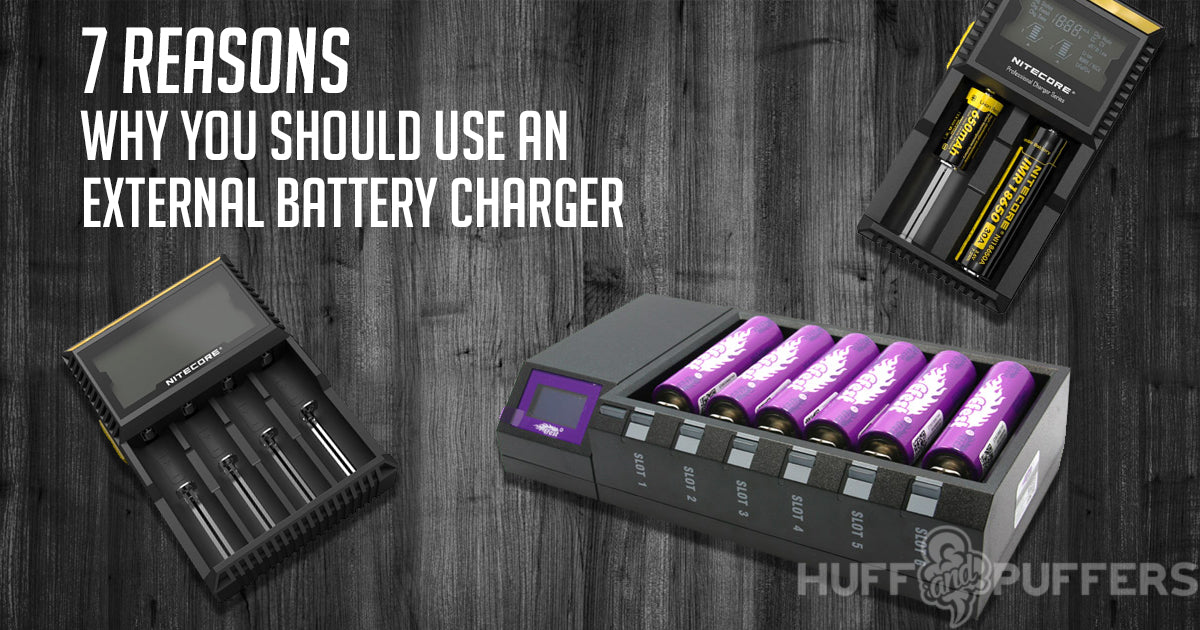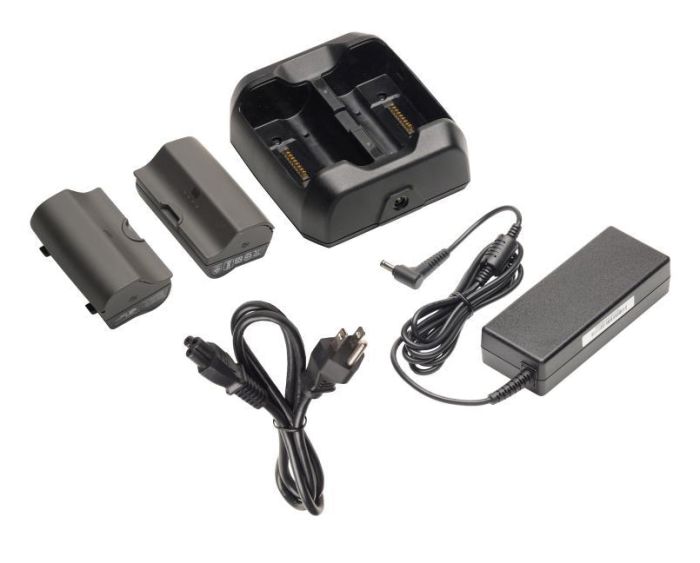
Nice as these advancements are, they mostly impact devices with small batteries. More improvements are on the way, thanks to gallium nitride (GaN), a more space- and energy-efficient alternative to silicon that can already be found in a few wall chargers.
#External battery charger upgrade
This is very useful when greater performance is needed in the field with minimal upgrade expense.Īlso, with an embedded charger, unregulated power can be used to charge the internal battery from a number of sources including inexpensive wall bricks, car cigarette adaptors, and UBS ports.Portable batteries have become more stylish, cheaper, smaller, and faster at charging your tech. A charger can take power from an existing charger in the product designed to charge a different chemistry and convert the power to properly charge the newer chemistry without the product's original charger detecting any charging error. Maybe the same product offers a non-rechargeable version of the same product, then a primary non-rechargeable battery would have no battery charger attached, and the product would use the non-rechargeable battery and use the input wall power to power the product and not recharge the non-rechargeable battery.Īnother application is when a product is being updated and it needs to be backwards compatible for a product already in the field. If the same product is manufactured with a Li-Ion battery, a Li-Ion charger can be embedded in the Li-Ion battery and it will charge with the same input power as if a NiMH battery was installed. When power is plugged into the product, power is routed to the NiMH charger and charges the battery with the required algorithm for the NiMH chemistry. For example:Ī lower cost version of the same product uses a NiMH battery a NiMH battery charger can be part of the battery. It can be used when different chemistry batteries will be used in the same product. Why Do You Need It and What Purpose Does it Serve? Added internal heat near cells can accelerate aging of the cells.



This is common for rechargeable NiCd and NiMH type batteries. Simple batteries can use a simple off-the-shelf battery charger where the cells can be removed from the product and placed in a charger designed for charging the cells. This can be accomplished in a number of different ways depending on the chemistry and application.

Rechargeable batteries need to be recharged.


 0 kommentar(er)
0 kommentar(er)
